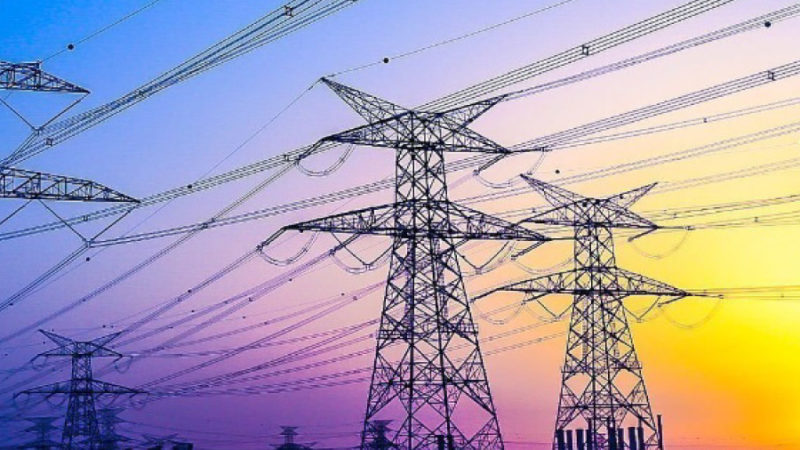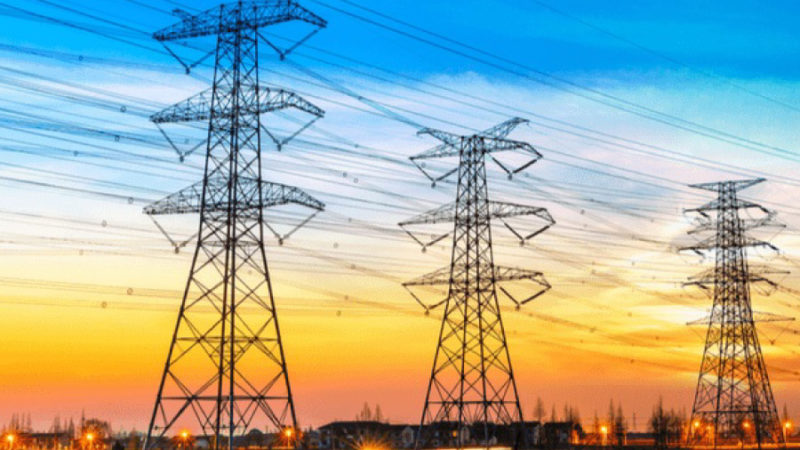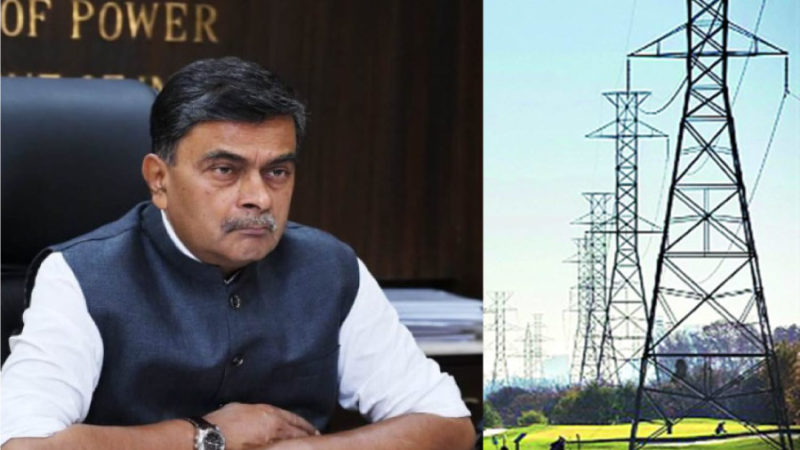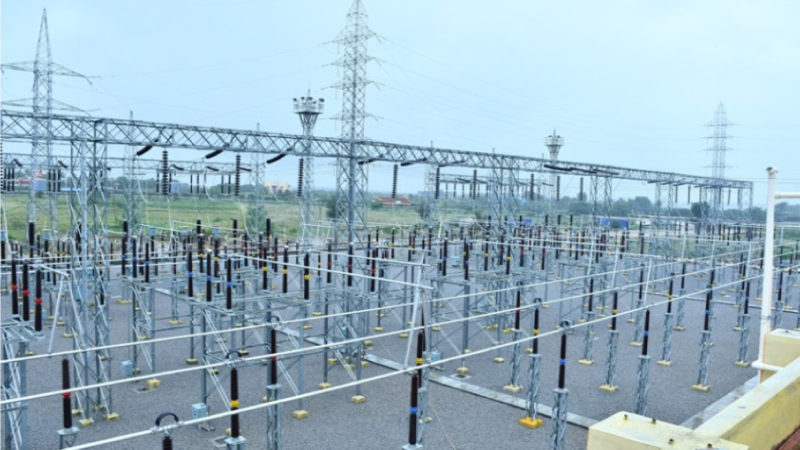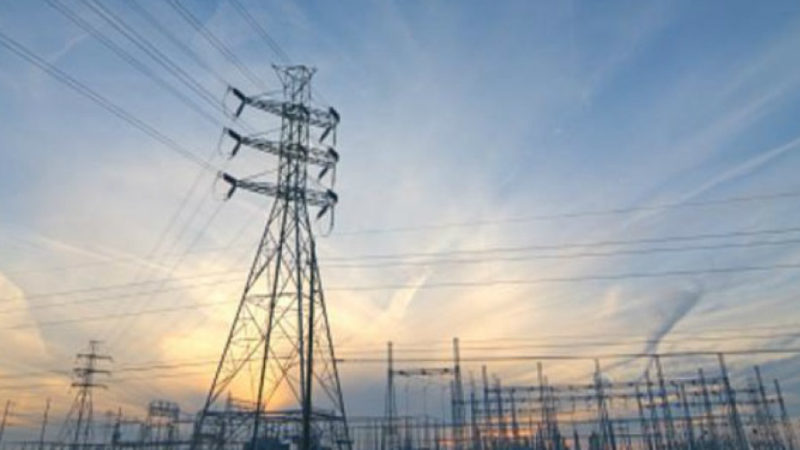Transmission Towers -Changing Design Trends
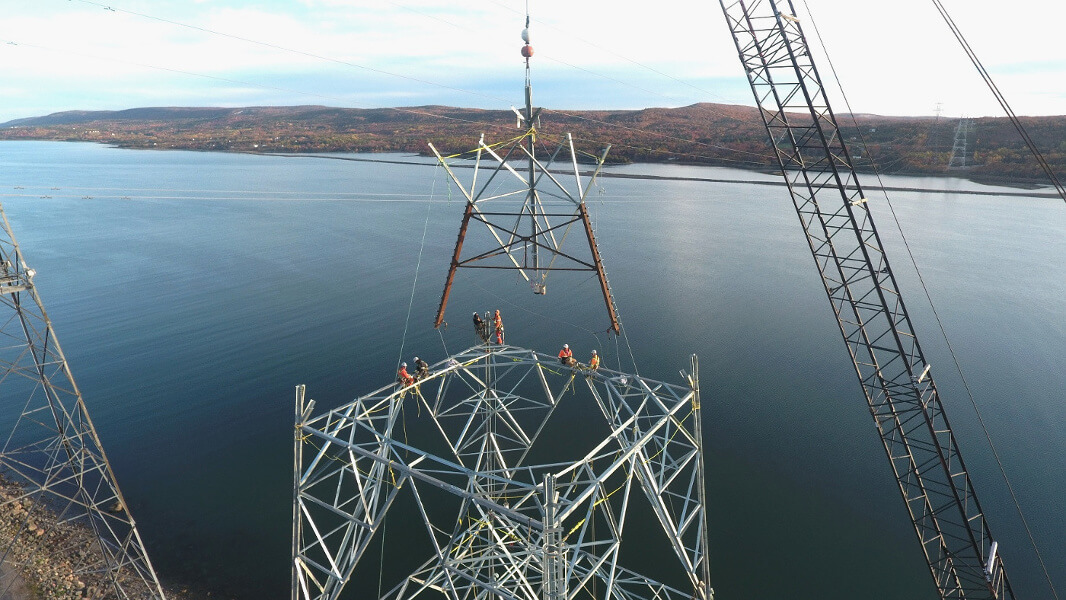
Over the years, the design, installation and foundation of transmission towers have experienced substantial modifications on account of changing market dynamics while; the others are due to evolving market hurdles.
Electricity transmission towers are units play a vital role in structurally supporting heavy high-voltage conductors carrying power between the generating end station and the local end substation.
Thus, electricity transmission towers have high tensile strength, and are designed as per the power rating of the conductor and supply frequency to withstand natural calamities and temperatures without losses. Over the years, there have been significant changes to the design, assembly and foundation of transmission towers.
Design Trends
The most extensively used towers by utilities in India are Lattice-type transmission towers due to their numerous benefits such as they are self-supporting, lightweight and easy to transport to inaccessible sites and most importantly being cost effective. However, they require a large area and are not preferred in dense urban areas or narrow corridors on account of right-of-way (RoW) challenges.
In the meantime, growing urbanization required rapid expansion of transmission infrastructure to satisfy growing requirements. However, due to challenges faced on account limited space availability, there arise a need for towers that require minimum ROW sanctions, so as to speed up the installation. This encouraged tower manufacturers in India to offer towers with advanced design features so as to meet the industry requirements.
Sleek towers with tubular sections also known as Monopoles came into trends during the recent past years to overcome the challenges of ROW in urban areas. Monopoles have less RoW requirements as they require one-sixteenth of the space needed by lattice-type towers. Each monopole tower requires only 33.26 square metres of land as compared to 245 square metres required for a conventional lattice-type tower.
These towers consist of polygonal tubular sections – be in a single tubular form or an H-form – with a tubular cross-arm arrangement for fixing tension and suspension clamps on it. The main benefits of these towers are faster installation (as fewer components are required) and greater flexibility in design as compared to lattice towers. In addition, these towers have a substantial wind loading capacity and can withstand extreme weather conditions.
Installation Trends
Meanwhile, in order to rapidly integrate the upcoming renewable energy that has a short gestation period. There is an urgent need to accelerate development of transmission infrastructure. So the utilities are looking for easy techniques for the installation of towers to quicken the development pace. These systems can be mainly categorized into ground and aerial technology. Some of the common tower installation techniques followed by utilities in India are the built-up method, the section method and the helicopter method. The built-up method is the most widely used method for tower installation where each tower member is installed in a sequence from top to bottom.
Increasing urbanisation necessitated a quick scale up of transmission infrastructure to meet the rising demands while, creating a need for towers that require minimum ROW sanctions to help industry meet requirements…..
In the section method, the major sections of the tower are assembled on the ground and are then erected as units, using a mobile crane or a gin pole. However, in inaccessible mountainous regions helicopters are being used for the erection of towers. Sterlite Grid has emerged as a pioneer in the use of aerial technologies.
Foundation Trends
Since transmission towers are exposed to strong winds, hurricanes and other adverse weather conditions, a strong foundation is crucial for the stability of towers. In India most commonly used tower foundations by utilities are precast, grillage, reinforced cement concrete (RCC) spread, pile type and plain cement concrete depending upon the project wise requirements.
Precast foundations are built off-site and then transported to the installation location. Since precast foundations are manufactured in factories in a controlled casting environment it offer a number of advantages, such as easy to control the mix, placement and curing. Most importantly, weather changes do not influence or delay the project’s execution.
Grillage foundations consist of several layers of beams (made of steel, precast concrete or timber), laid at right angles from each other. Grillage foundations are used to support structures that are normally designed to transfer and distribute heavy concentrated loads on soil having low bearing capacity.
On the other hand, the RCC foundations are made of an RCC base slab or mat, which can be designed for a variety of soil conditions. Then there is PCC-type foundations that are consist of a plain concrete footing pad with a reinforced chimney and the tower’s stub is anchored to the bottom of the pad by rods and the chimney. Further, there is pile-type foundations that are used when the soil is weak or for special applications like River Crossing Towers.
Conclusion:
The upcoming trends of monopoles will go a long way in overcoming the challenges of ROW and will support the fast development of transmission infrastructure in urban areas. On the other hand, the aerial installation techniques will help India in taking electricity lines to far flung mountain regions.
A transmission tower plays an important role in transportation of electricity from the point of generation to end substation. Thus, it should be robust enough to withstand extreme weather conditions such as strong winds and other natural phenomena such as seismic events. Looking at the tower failures due to thunderstorms in northern India, in May 2018, there arise needs for reliable and sturdy towers with robust foundations.
It is important to see that the foundation of transmission towers should be chosen and constructed in accordance with the nature of the soil.



